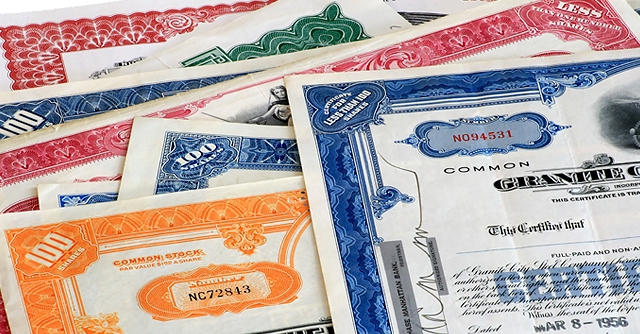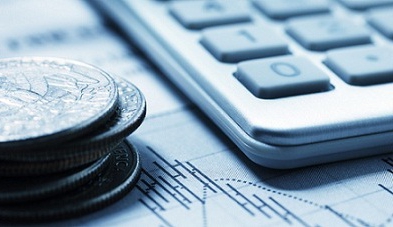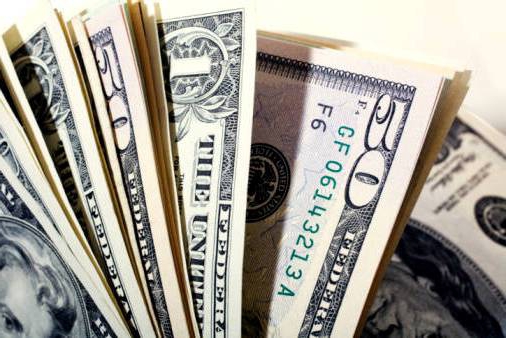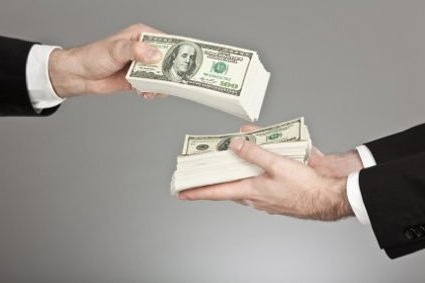In the financial market, there are several ways to invest and make profit from it. One of the most popular is the investment in a common business or company. According to the profit results for the reporting period, investors receive their part, which is called dividends. As a rule, the right to own part of the profit is confirmed by shares or other securities equivalent to them.

Definition
To understand what dividends are, you need to understand the scheme by which large organizations work with several founders and investors.
In order to open a business, it is necessary to collect the charter and Reserve capital. Several founders invest their money in this, receiving in return a proportionate contribution to the contribution of the property and future profits of this company. Most often, such a share is expressed in shares.
At the end of the reporting period (most often this is the year), investors receive the funds that they are entitled by ownership. It is this profit that is called dividends.
Types of payments
Depending on the timing when dividends are accrued, they are divided into annual and quarterly. Annual accruals are made in all types of collective ownership companies. Quarterly are possible only in joint-stock companies. Limited liability companies do not have the right to periodic payments more often than once a year.
Dividends are also divided into ordinary and preferred. The latter are distinguished by the fact that they have a fixed payment rate. It is set at a percentage of the value of the stock and is paid first.
Ordinary dividends depend only on the company's annual profit. They can be both above and below privileged.
Determination of the amount of payments
There is no single rate at which dividends are accrued. This is due to the fact that each company has the right to independently determine the size of payments, depending on profit for the past year.
After all taxes and loans have been paid, the company has a net profit. At the general meeting of shareholders, a decision is made on the allocation of funds for distribution between the founders and owners of part of the company. This amount is proportionally divided between all who have their part in the enterprise.
There are times when the dividend rate is zero. It must also be a collective decision. It is adopted in the case when all the funds received must be directed to the further development of the company.
It is important to remember that the decision on payments and their amount is made only at the meeting of shareholders or owners of part of the business. No one else is authorized to single-handedly determine the amount of dividends.
Profit distribution procedure
Each investor understands what dividends are, because he makes investments precisely so that in the future his money will bring regular and stable profit.
Therefore, the mechanism by which payments are distributed and accrued is simple and understandable. At the general meeting of shareholders, the amount received by the enterprise for the year of activity is announced. The part that will be paid to absolutely all shareholders is allocated from it.
Further, accounting in accordance with the percentage of ownership of the company's assets distributes this profit among all to whom it belongs.
First of all, people get their percentage according to privileged documents. The remaining amount is divided among all other shareholders.
Alone and even by the decision of the meeting of shareholders, the amount of dividends cannot be changed: each shareholder has the right to only that part of the total profit, which part of the total number of shares he owns.
Payment terms
It must be remembered that the legislative deadlines are set in which dividends should be paid to the founder and shareholder. They are based on the date of the general fees.
The law states that dividends are paid no later than 60 days from the date of announcement of payments. This date is set at the general meeting. If it has not been announced, the meeting date itself is considered the starting point of payments.

This does not mean that money should be transferred exactly on the 60th day. Throughout this period, funds may be gradually credited to the accounts of shareholders and owners in the amount stipulated by the right to own shares.
Delays in payment may entail administrative and criminal liability in the prescribed manner, since in this case the right of everyone to receive their funds in a timely manner is violated.
Conditions necessary for calculating regular payments
For each enterprise, it is necessary to fulfill a number of conditions in order for payments to be justified, otherwise the dividends of shareholders will be unlawful.
According to the results of the reporting period, it is necessary to have a net profit, which can be distributed among investors.

Do not forget about the authorized capital, which must be paid before the decision on the payment of dividends is made at the training camp.
The net assets of the company must be equal to or exceed the authorized and reserve funds, provided that a dividend payment proposition is filed.
Any signs of bankruptcy make profit sharing impossible.
A subtle nuance: those who know what dividends are, should understand that the total amount of payments should in no case be more than that announced at the general meeting.
Taxation
To avoid double taxation, dividend payments are made after all deductions to the tax service. At the same time, there is a dividend tax, which must be paid by the one who receives them.
In order to simplify the taxation system, the party charging this payment is the payer, that is, the company whose shares are owned by the investor.
The standard tax rate is 9% of the total payment received. It is engaged in calculating accounting, producing translations.
The legislation provides for the preferential tax equal to 0%. Only individuals who have a part in the company more than 50% and own it at the time of payment of at least 365 days are entitled to it.

A precarious moment in this matter may be re-registration of the company, a change in its status and form of organization, when the statutory documents are completely changed. On the one hand, the term of ownership of shares is interrupted as these securities begin to belong to another company. On the other hand, the newly-formed is the successor to the previous company. So, she has the right to pay dividends to the owners of the old company.
Payments not included in dividends
To make payments and pay the correct tax rates, you need to clearly understand what dividends are. Not all payments to investors can be attributed to them. There are a number of material compensations that are not.
The return of funds equal to the amount of the contribution for the organization of the enterprise, if one is at the stage of its liquidation, cannot be called dividends.

The same applies to the purchase by a company of shares from a shareholder at their full value. Any non-profit organizations do not pay dividends, and the entire cash flow in them is intended to carry out their economic activities.
Therefore, dividends can only be called payments distributed proportionally between all shareholders and from the amount of net profit allocated for these purposes.
Profit of foreign companies
Everyone can invest and make a profit both from domestic companies and from foreign ones. Moreover, it is not at all necessary that such a company be registered in the investor’s home country.
The condition for receiving dividends will be the legislative framework of the state in which the company is located. If regular payments there are made according to the same principle and are equated with dividends, then in other countries they will also be considered as such.

Since the person will make a profit from another country, he will have to pay the dividend tax on his own, since the payer company is unlikely to do this for him.
Every rich person knows that it is more profitable not to work for himself, but to learn how to do it with the help of free funds. Money put into circulation in a profitable business will bring regular growing income, without requiring additional effort from its owner. The main thing is to choose the right promising company, which will be able to increase start-up capital at times.

